The move to Apple Silicon took Macy to a whole new level. With the arrival of its own chips, Apple computers saw a significant increase in performance and greater economy, which practically solved the problems of earlier models. Because they suffered from overheating due to their too thin body, which subsequently caused the so-called thermal throttling, which subsequently limits the output with the aim of reducing the temperature. Overheating was thus a fundamental problem and a source of criticism from the users themselves.
It could be interest you
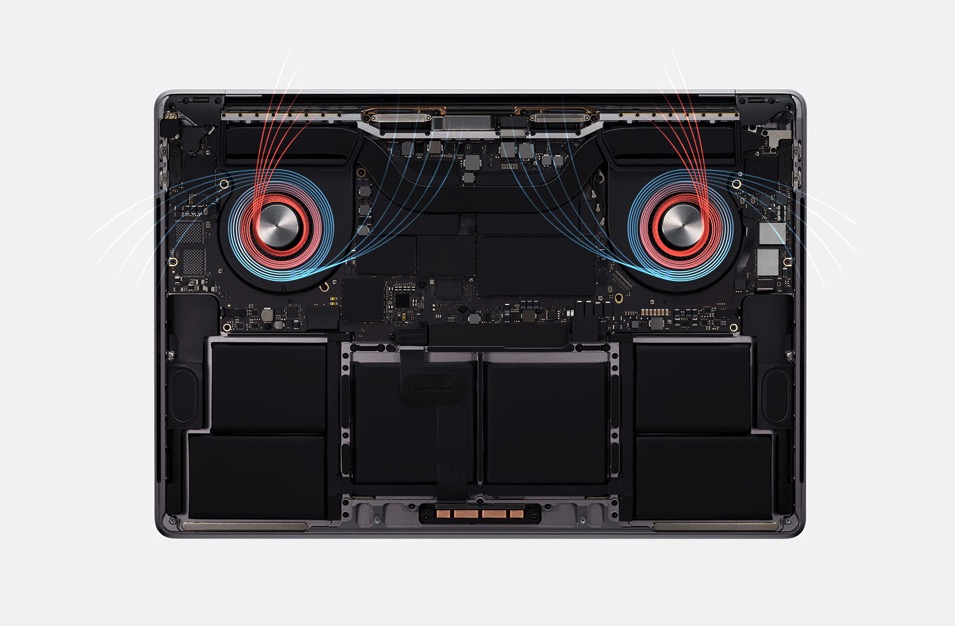
With the advent of Apple Silicon, this problem has practically completely disappeared. Apple clearly demonstrated this huge benefit in the form of low power consumption by introducing the MacBook Air with the M1 chip, which lacked a fan or active cooling. Even so, it offers breathtaking performance and practically does not suffer from overheating. In this article, we will therefore focus on why Apple computers with Apple Silicon chips do not suffer from this annoying problem.
Leading Apple Silicon Features
As we mentioned above, with the arrival of Apple Silicon chips, Macs have improved significantly in terms of performance. Here, however, it is necessary to draw attention to one important fact. Apple's goal is not to bring the most powerful processors to the market, but the most efficient ones in terms of performance/consumption. That is why he mentions it at his conferences leading performance per watt. This is precisely the magic of the apple platform. After all, because of this, the giant decided on a completely different architecture and builds its chips on ARM, which use a simplified RISC instruction set. On the contrary, traditional processors, for example from leaders such as AMD or Intel, rely on the traditional x86 architecture with a complex CISC instruction set.
Thanks to this, competing processors with the mentioned complex instruction set are able to completely excel in raw performance, thanks to which the leading models significantly surpass the capabilities of the Apple M1 Ultra, the most powerful chipset from the apple company's workshop. However, this performance also entails a noticeable inconvenience - compared to Apple Silicon, it has a huge energy consumption, which is subsequently responsible for heat generation and therefore possible overheating if the assembly is not cooled efficiently enough. It was by switching to a simpler architecture, which until now has been used primarily in the case of mobile phones, that Apple was able to solve the long-standing problem with overheating. ARM chips simply have significantly lower power consumption. It also plays a very important role manufacturing process. In this regard, Apple relies on the advanced technologies of its partner TSMC, thanks to which the current chips are manufactured with a 5nm manufacturing process, while the current generation of processors from Intel, known as Alder Lake, relies on a 10nm manufacturing process. In reality, however, they cannot be unanimously compared in this way due to their different architecture.
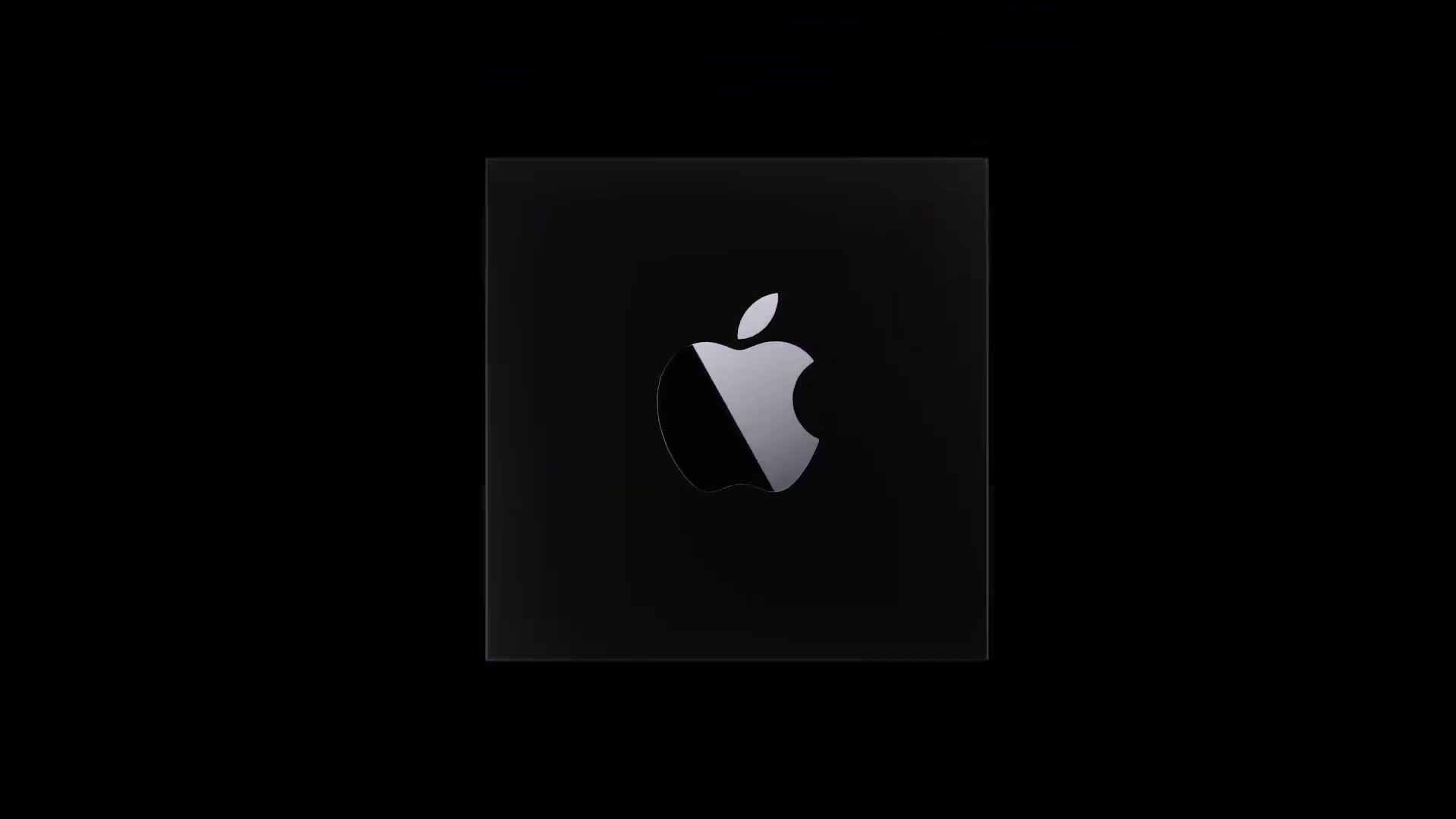
Clear differences can be seen when comparing the power consumption of the Mac mini. The current model from 2020, with the M1 chipset beating in its bowels, consumes only 6,8 W at idle, and 39 W at full load. However, if we look at the 2018 Mac mini with a 6-core Intel Core i7 processor, it we encounter a consumption of 19,9 W at idle and 122 W at full load. The new model built on Apple Silicon thus consumes three times less energy under load, which clearly speaks in its favor.
It could be interest you
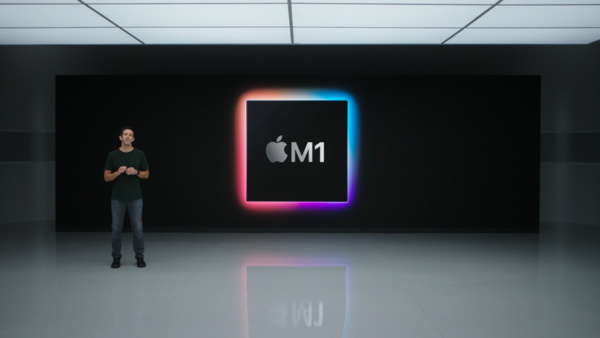
Is Apple Silicon's efficiency sustainable?
With a bit of an exaggeration, overheating in older Macs with processors from Intel was practically a daily bread of their users. However, the arrival of the first generation of Apple Silicon chips – the M1, M1 Pro, M1 Max and M1 Ultra – greatly improved Apple's reputation and eliminated this long-standing problem. So it was expected that the next series would be better and better. Unfortunately, after the release of the first Macs with the M2 chip, the opposite began to be said. Tests reveal that, on the contrary, it is easier to overheat these machines, even though Apple promises higher performance and efficiency with newer chips.
So the question arises whether the giant will not encounter general limitations of the platform in time in this direction. If such problems already came together with the basic chip of the second generation, there are concerns about how the next models will fare. However, we don't have to worry about such problems more or less. The transition to a new platform and the preparation of chips is the alpha and omega for the proper functioning of apple computers in general. Based on this, one can only conclude - Apple has probably caught these problems a long time ago. At the same time, it is necessary to add one fact to the mentioned overheating of Macs with M2. Overheating occurs only when the Mac is pushed to the limit of its capabilities. Understandably, practically no ordinary user of a specific device will get into such situations.
It could be interest you

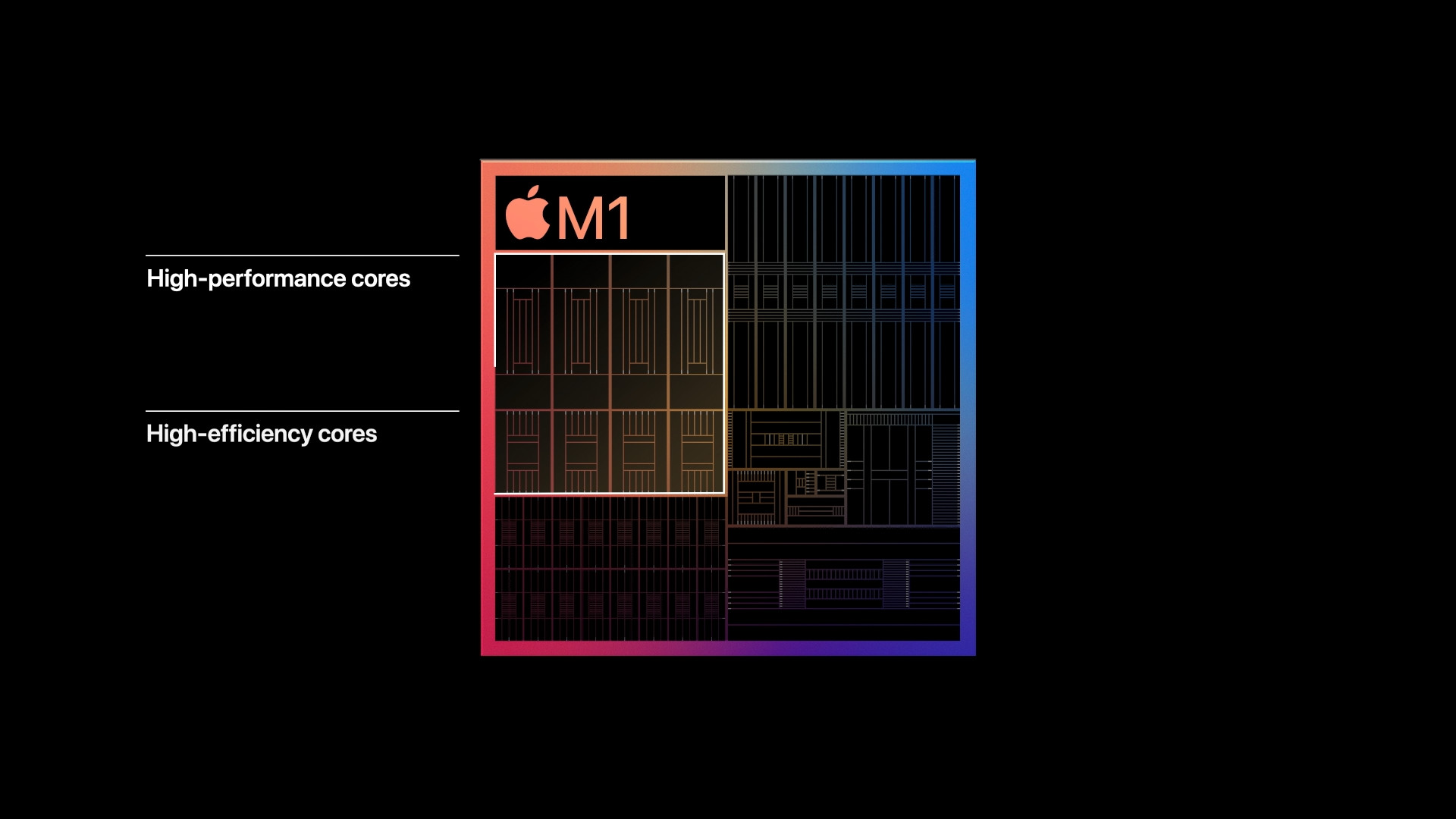
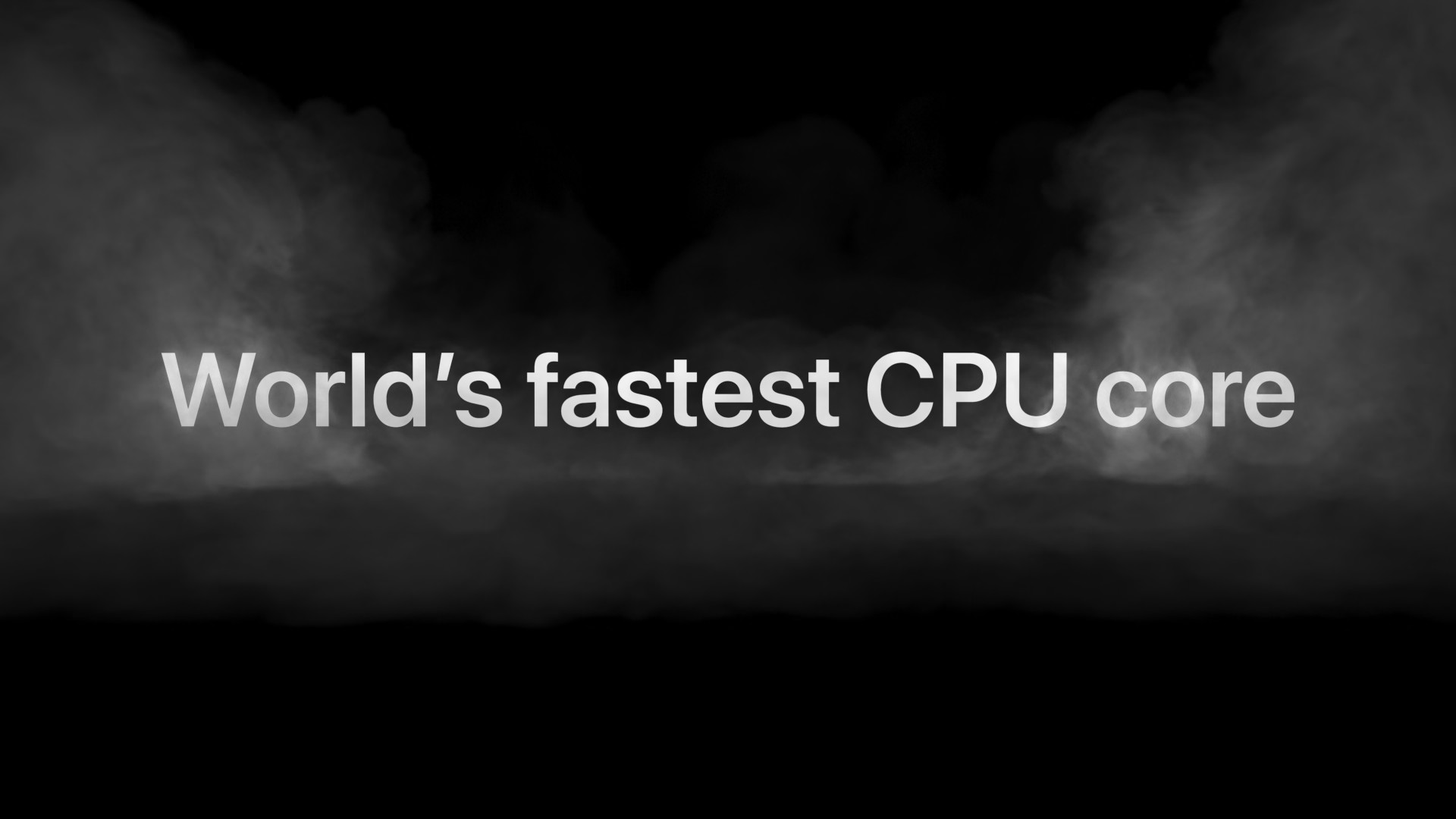
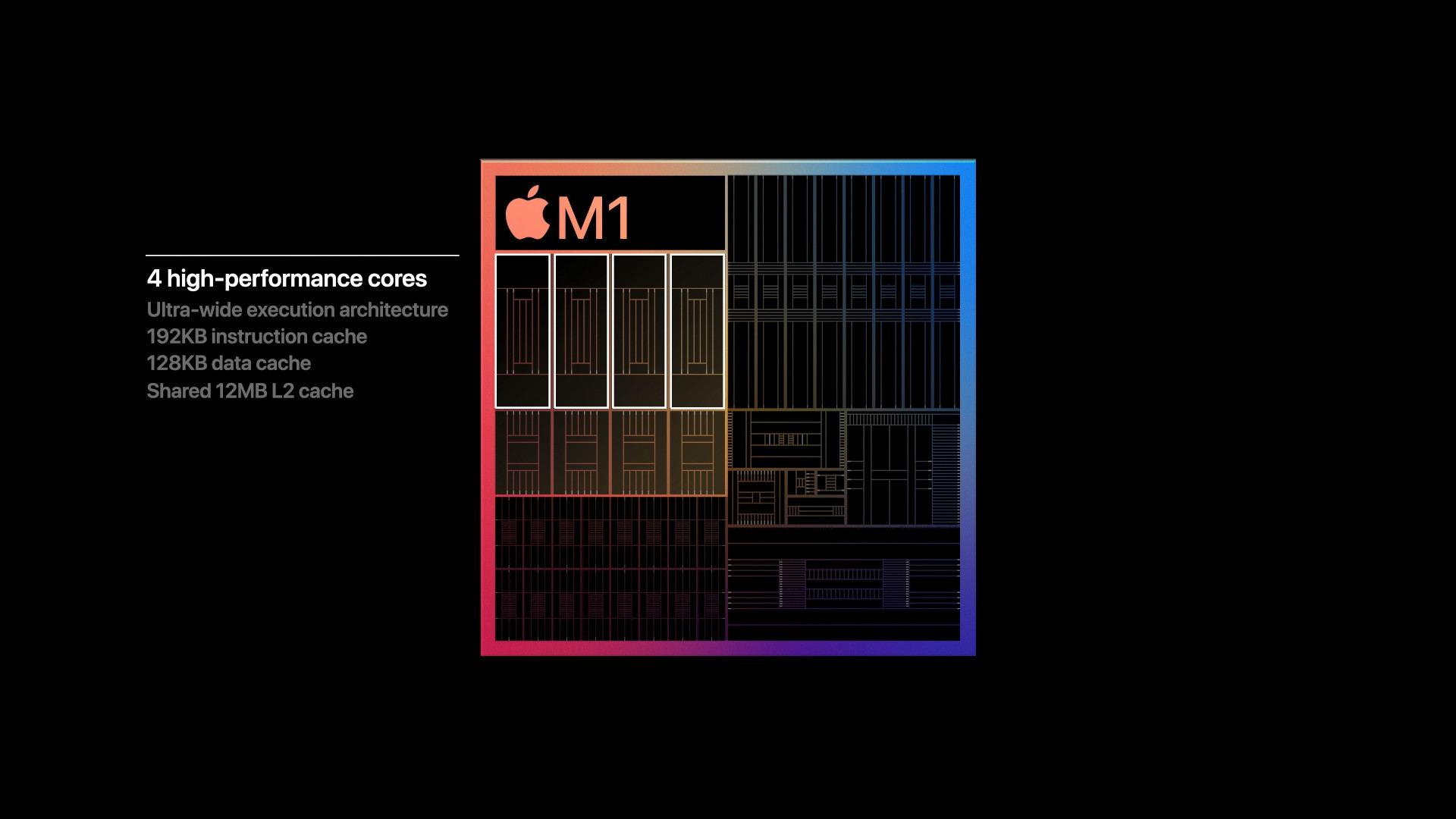


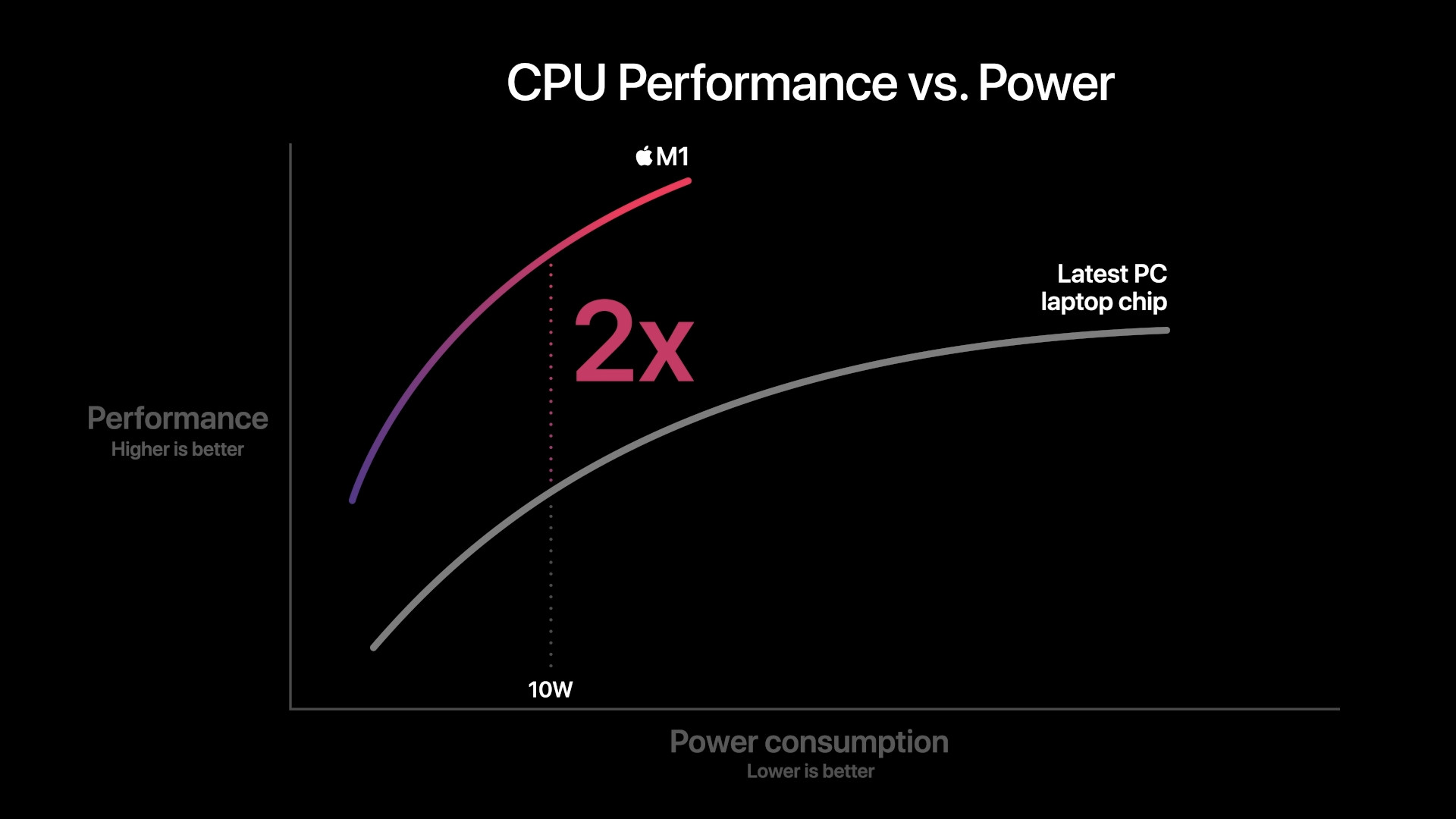
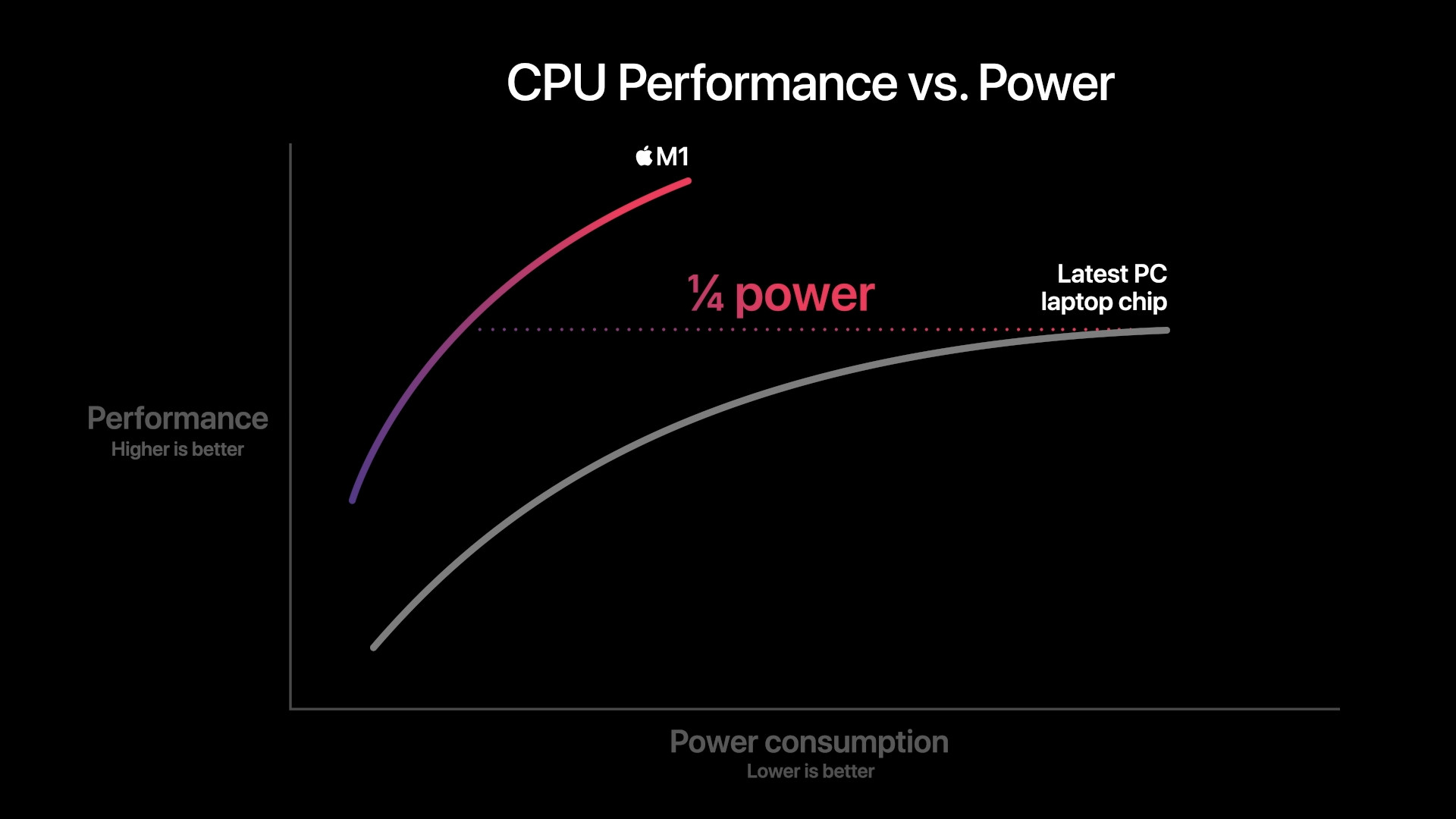


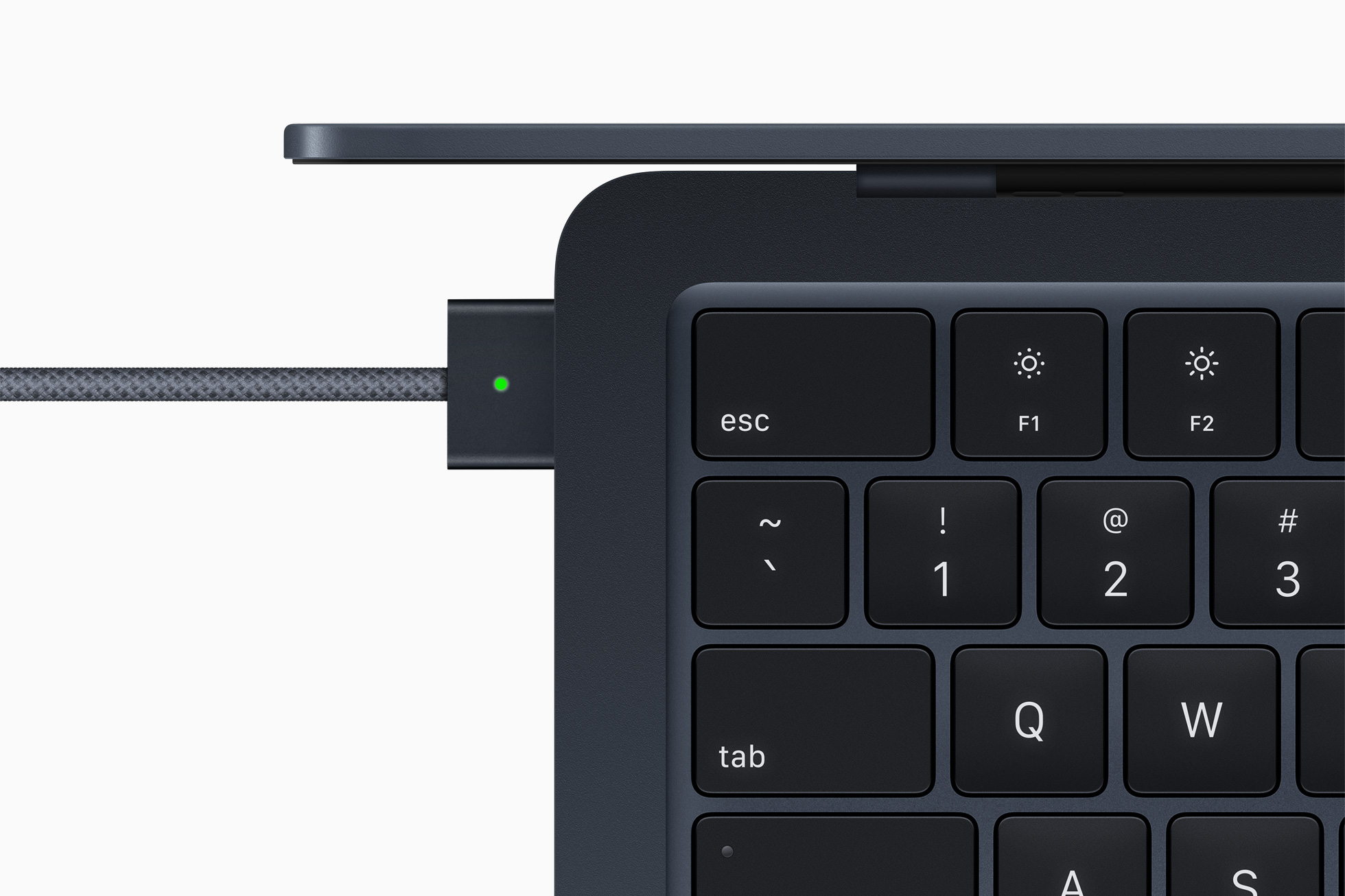

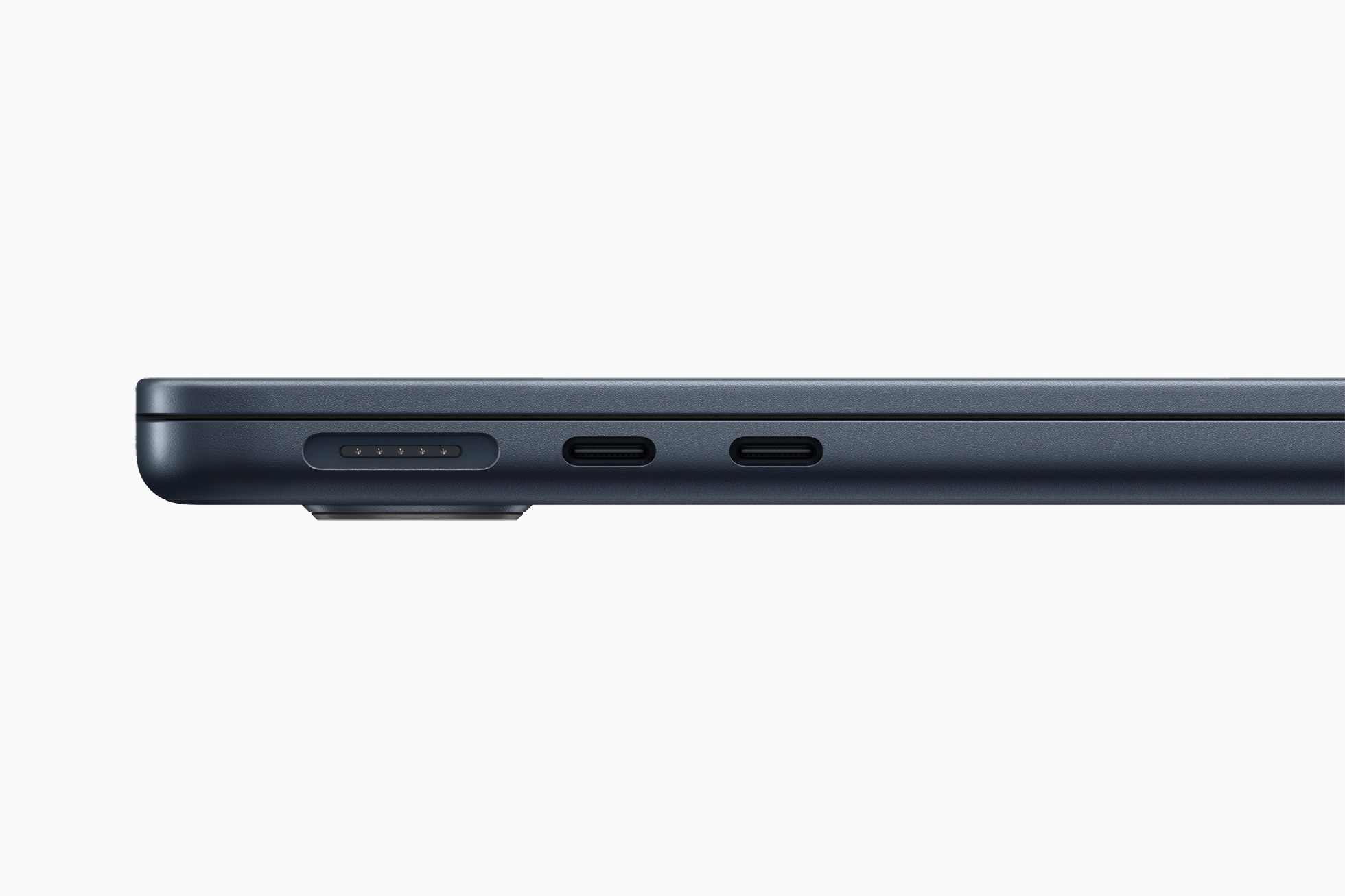
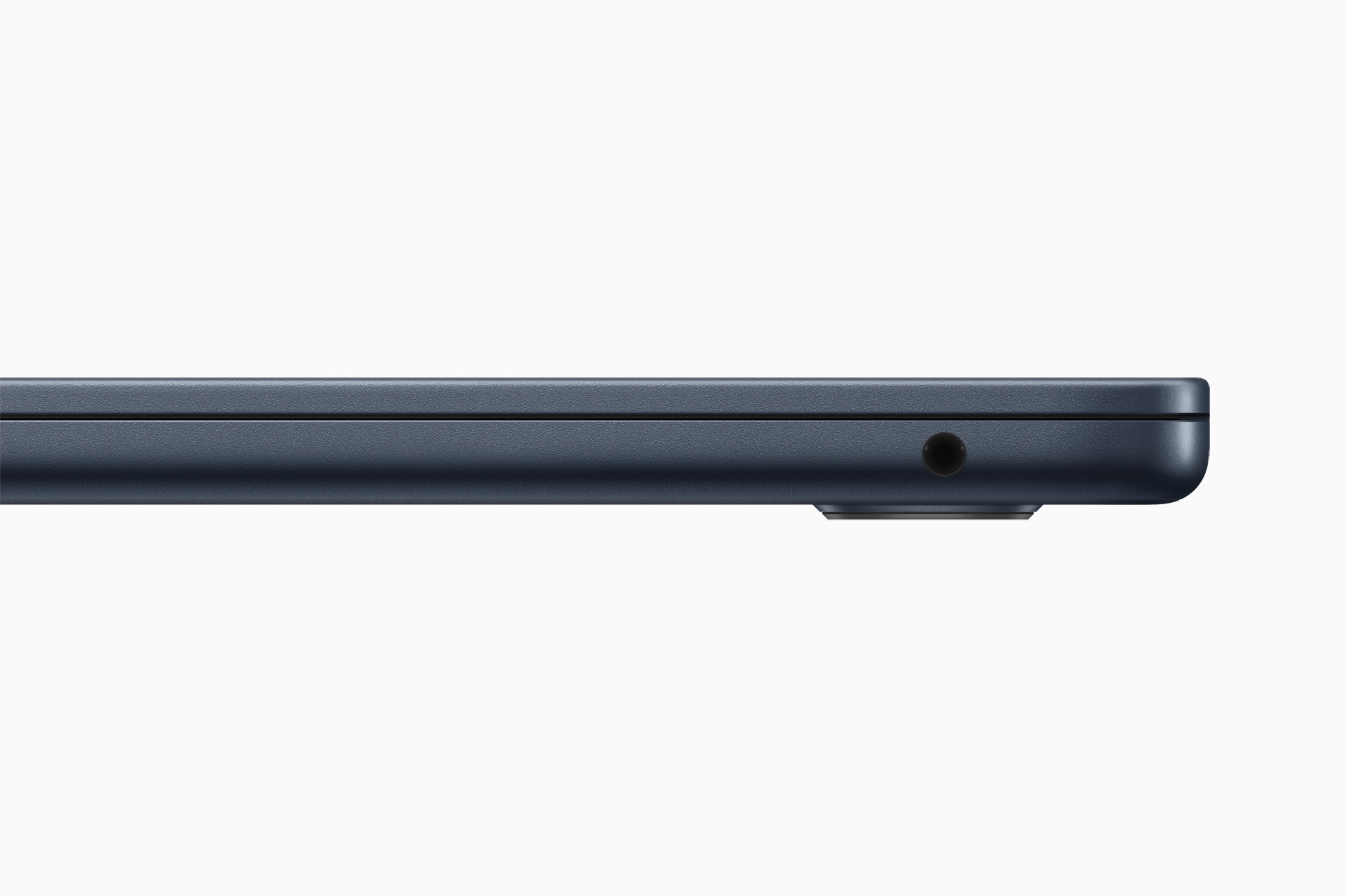
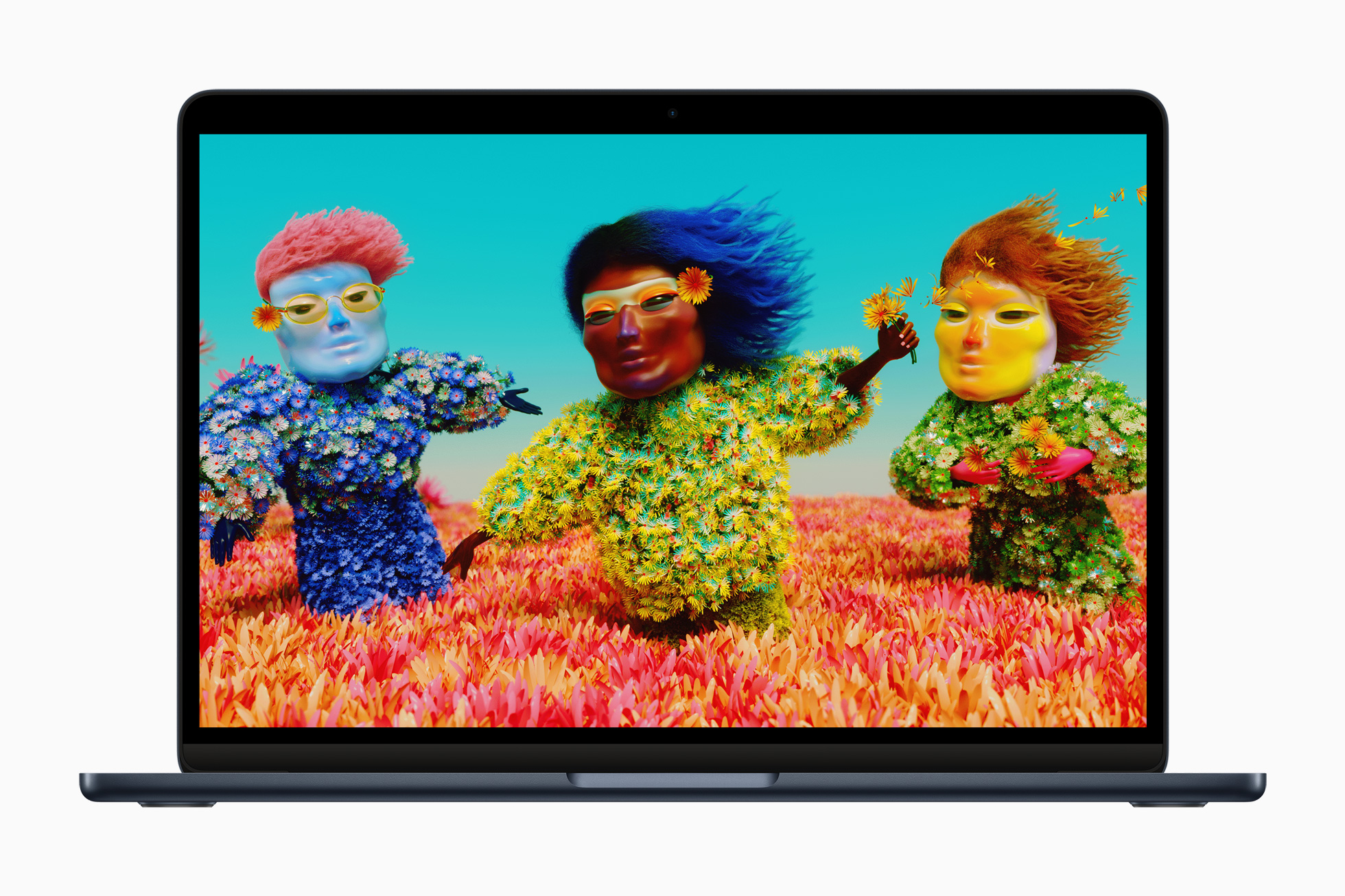
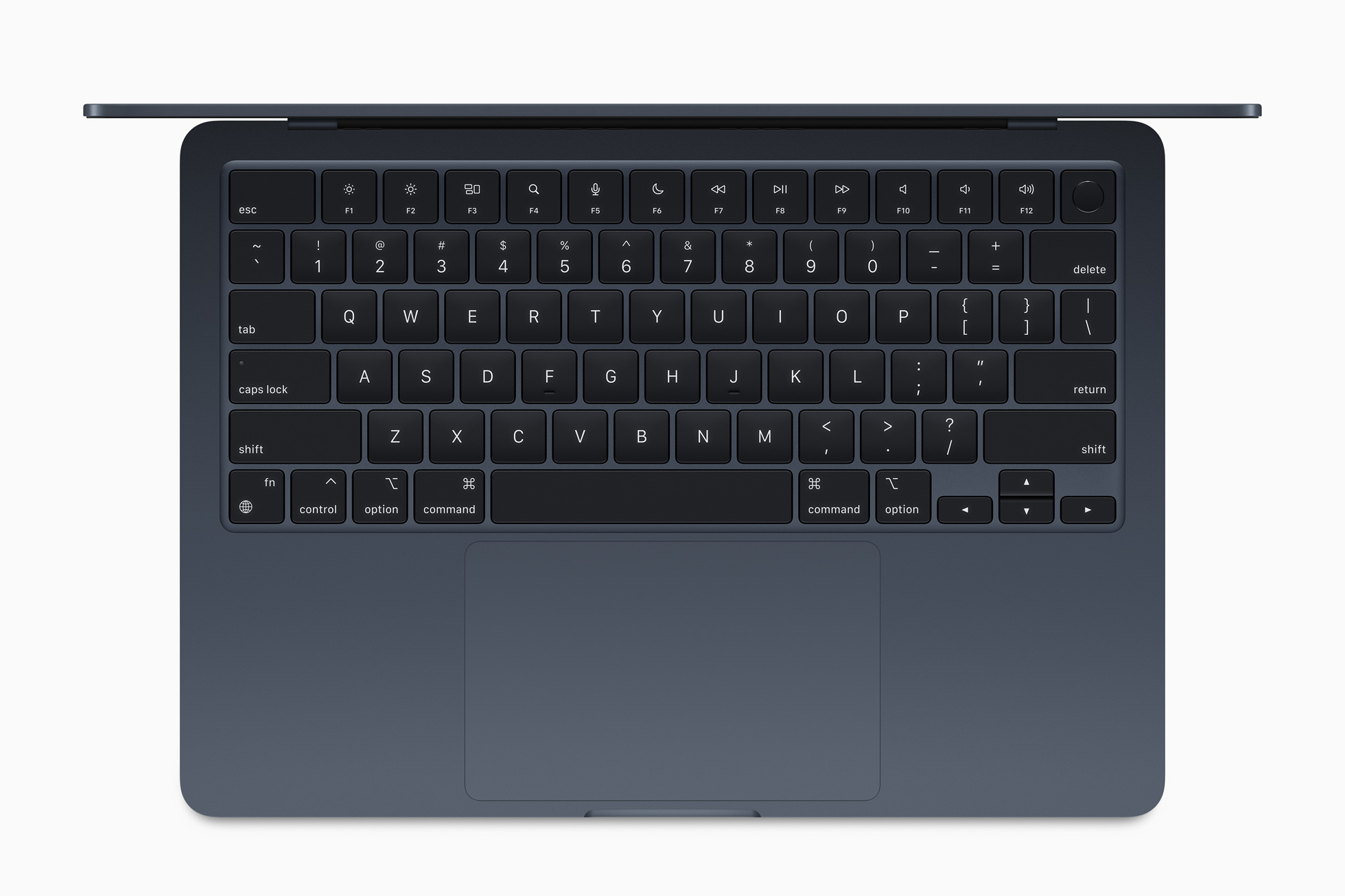
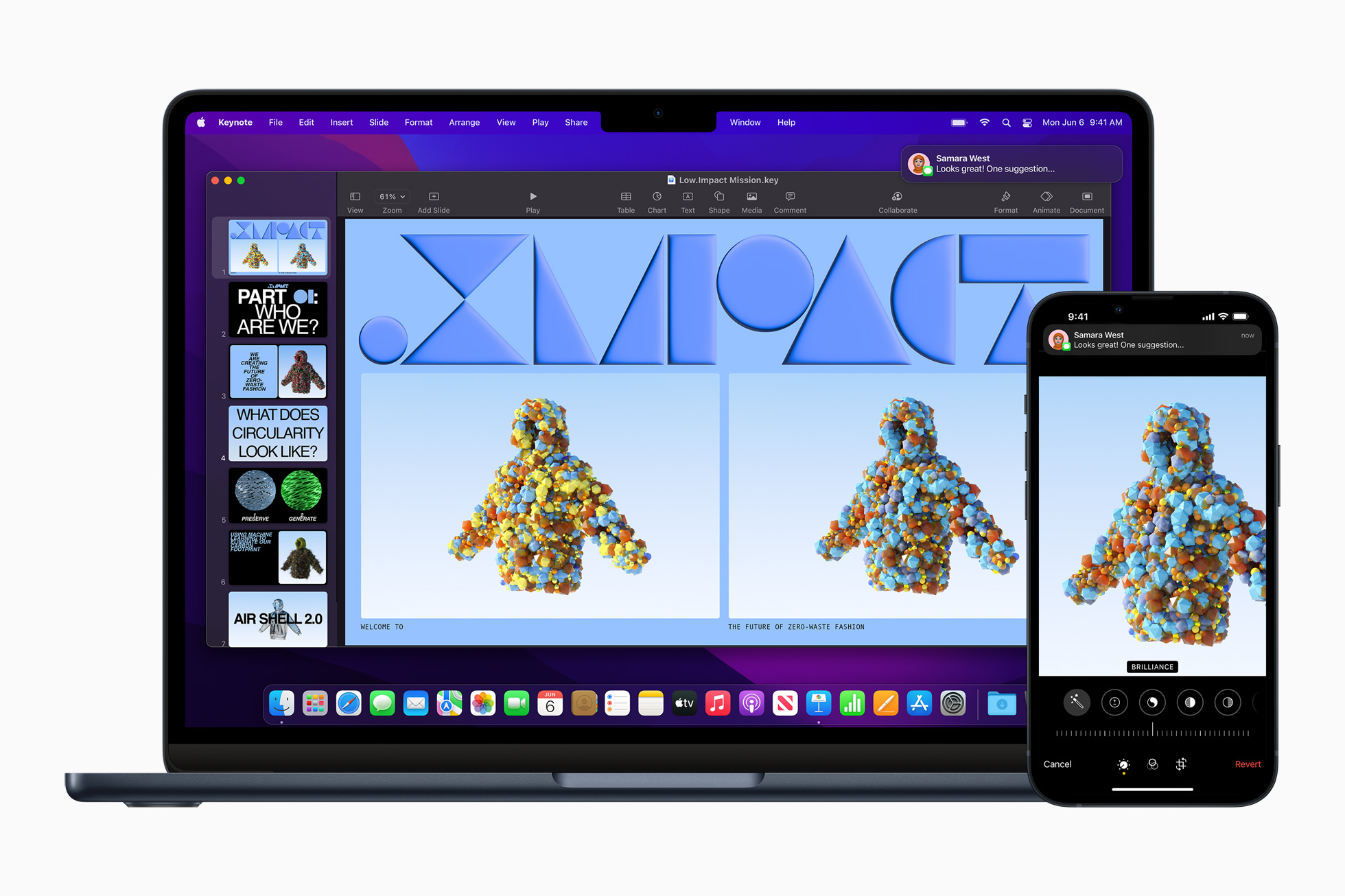
The Intel i7 processor does not have 7 cores, not really. 😄